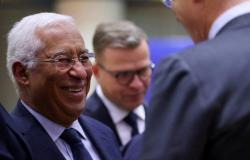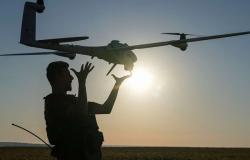Translation of text by Kira Wronska, Local Journalism Initiative, Nunavut News
Dr. Anna Banerji may be from Toronto, but the Order of Ontario recipient has what she describes as a “deep connection” to the North and Nunavut.
For 30 years, she has been researching the respiratory virus syncytial (RSV) and how it affects Inuit babies. “I have a long history in the Arctic. I have several close friends there and my son’s extended family is also there,” says Dr. Banerji.
This connection is what pushed her, in 2019, to launch a petition on the Change.org website to demand that leaders provide equitable access to RSV medications that can potentially save the lives of Inuit infants and those other Indigenous children in remote communities across Canada.
This month, the petition finally came to fruition when the National Advisory Committee on Immunization (NACI) made the decision to recognize the increased risk RSV poses to Indigenous babies.
Anna Banerji says this news “was long awaited”.
Canadian Inuit babies have the highest rate of RSV hospitalization in the world, particularly in the Kitikmeot region of Nunavut. This situation could easily be avoided with an antibiotic proven effective against RSV.
Previously, the immunizing agent known as Palivizumab was administered to children considered at risk across Canada. Inuit children, who account for a rate of hospital admissions due to RSV 10 times higher than other children at risk, were not included in this category.
Today there is a new antibiotic called Beyfortus whose action is “long-lasting, requires only a single dose and is therefore much more economical.”
Through the petition which attracted over 250,000 signatures, “NACI recognized that Indigenous children were at high risk of developing severe RSV. This means that they should now have priority access to this new antibiotic,” she believes.
She adds that giving priority to Indigenous children is very important because they generally do not have the same access to health care as other Canadians. “They do not experience the need, for example, to be evacuated by plane to receive treatment in a hospital. So the difference that this change will make is very significant. Huge. Finally!”, she lets it go.
“Now we must ensure that the necessary funds are put in place so that babies who are eligible can actually have access to them. “There’s no reason to say, ‘These babies should have priority,’ if we don’t put in place the financial and human resources to make that actually happen,” continues Dr. Banerji.
She believes that the ball is in the court of decision-makers. “We really have the same goal,” she says. “But it shouldn’t have taken 30 years of research, five years of petitions and 250,000 signatures to get there.”
This victory is also very personal for Anna Banerji. “I started this petition a year after the death of my son. He was an Inuk from Clyde River. I think he would be very happy to see that it finally happened.”
Read also :







